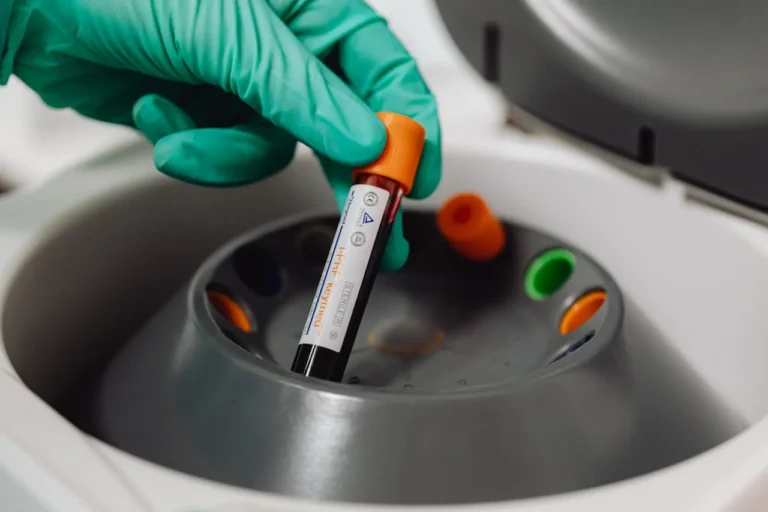
Tank Wagons Market Outlook 2025–2034: Growth Fueled by Sustainability and Smart Technology
The global tank wagons market is projected to reach USD 65.2 billion by 2025, growing at a CAGR of 4.0% to hit USD 92.9 billion by 2034. Tank wagons play a critical role in transporting bulk liquids and gases for industries such as oil & gas, chemicals, agriculture, and food processing. Their ability to safely and efficiently handle hazardous, flammable, or perishable materials makes them a preferred mode of long-distance transport compared to road-based logistics.
Market Dynamics and Drivers
With increasing emphasis on safety, cost-efficiency, and environmental impact, tank wagons have become integral to modern supply chains. Pressurized and non-pressurized wagons meet diverse industrial needs, and rail freight’s lower emissions profile is making it more attractive for cross-border and long-haul logistics.
In 2024, the market saw renewed momentum as industrial activity picked up. Key developments included:
- IoT integration for real-time monitoring of tank conditions, improving safety and regulatory compliance.
- Wider use of digital automatic coupling systems, enhancing operational efficiency by reducing manual work.
- Innovations in tank design for spill prevention, corrosion resistance, and thermal insulation.
Sustainability and Regional Growth
Environmental concerns are reshaping wagon design, with lighter, energy-efficient materials reducing emissions. Expanding rail networks in Asia-Pacific and Eastern Europe have driven demand for new fleets. Tailored solutions for niche cargo types—enabled through partnerships between operators and manufacturers—are also on the rise.
Looking ahead, tank wagons are expected to evolve with the logistics industry’s sustainability goals. Growing demand for renewable fuels and bio-based chemicals will require tanks that can handle specialized cargo. Predictive maintenance using AI and machine learning will reduce downtime and extend fleet life.
However, challenges persist:
- Aging infrastructure
- High procurement and upgrade costs
- Barriers for small and mid-sized players due to capital intensity and infrastructure compatibility issues
Strategic investments and public-private partnerships will be crucial to drive innovation and overcome these obstacles.
Key Market Insights
- IoT sensors are enhancing visibility, safety, and route optimization.
- Demand is rising for customized wagons tailored to renewable fuels and specialty chemicals.
- Digital coupling is improving terminal operations.
- Sustainability is pushing the development of lighter, more efficient designs.
- Collaborations are resulting in purpose-built wagons for sensitive cargo.
- Industrial growth is boosting rail demand for liquid chemicals and fuels.
- Stricter environmental regulations are accelerating the shift from road to rail.
- Government rail modernization programs are boosting tank wagon adoption.
- Companies are investing in tank wagons to build resilient supply chains.
- High costs and infrastructure constraints remain key challenges for market entrants.
What This Report Covers
- Global market size and growth projections (2024–2034)
- Regional and country-level market analysis (5 regions, 27 countries)
- Product, application, and end-user breakdowns with market share and CAGR
- Impact of geopolitical and economic shifts on demand/supply
- Market trends, drivers, restraints, and opportunities
- Porter’s Five Forces analysis, technology trends, and supply chain insights
- Pricing, trade, and value chain analysis
- Profiles of 5 major industry players—strategies, financials, products
- Latest news and developments in the tank wagons market







